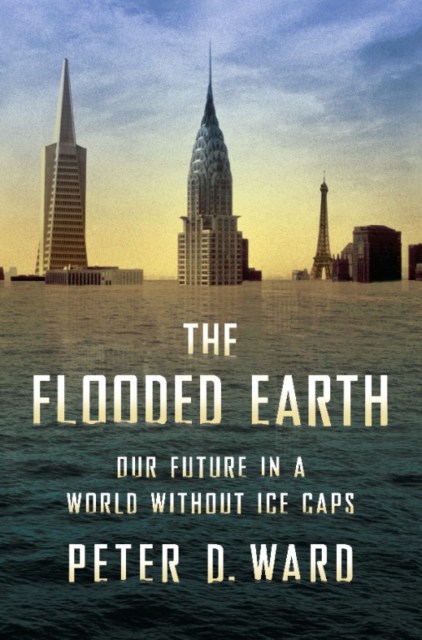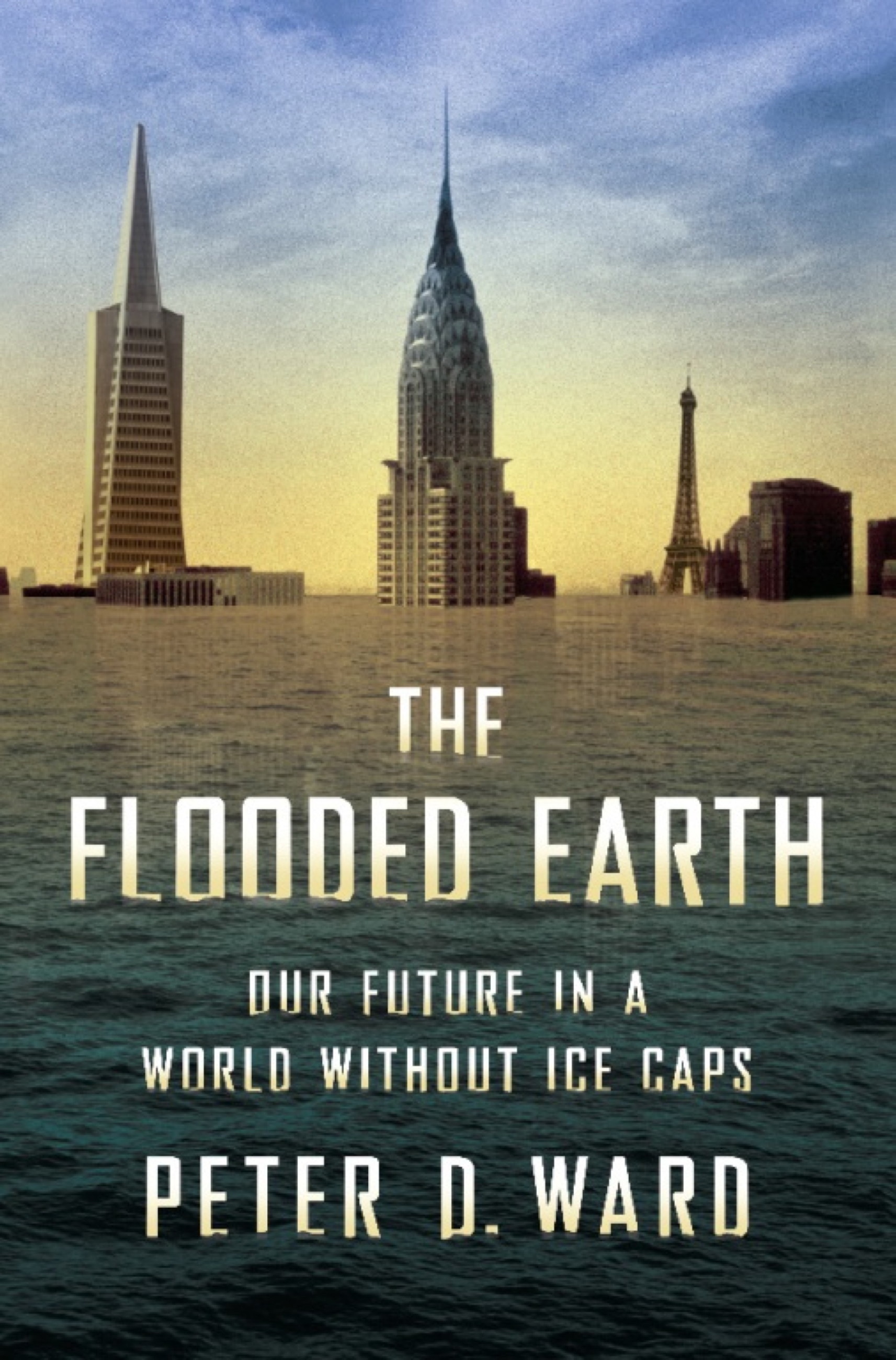Promotion
Use code MOM24 for 20% off site wide + free shipping over $45
The Flooded Earth
Our Future In a World Without Ice Caps
Contributors
Formats and Prices
Price
$10.99Price
$13.99 CADFormat
Format:
- ebook $10.99 $13.99 CAD
- Trade Paperback $19.99 $25.99 CAD
This item is a preorder. Your payment method will be charged immediately, and the product is expected to ship on or around June 29, 2010. This date is subject to change due to shipping delays beyond our control.
Also available from:
In The Flooded Earth, species extinction expert Peter Ward describes in intricate detail what our world will look like in 2050, 2100, 2300, and beyond — a blueprint for a foreseeable future. Ward also explains what politicians and policymakers around the world should be doing now to head off the worst consequences of an inevitable transformation.
Genre:
- On Sale
- Jun 29, 2010
- Page Count
- 272 pages
- Publisher
- Basic Books
- ISBN-13
- 9780465021710
Newsletter Signup
By clicking ‘Sign Up,’ I acknowledge that I have read and agree to Hachette Book Group’s Privacy Policy and Terms of Use







